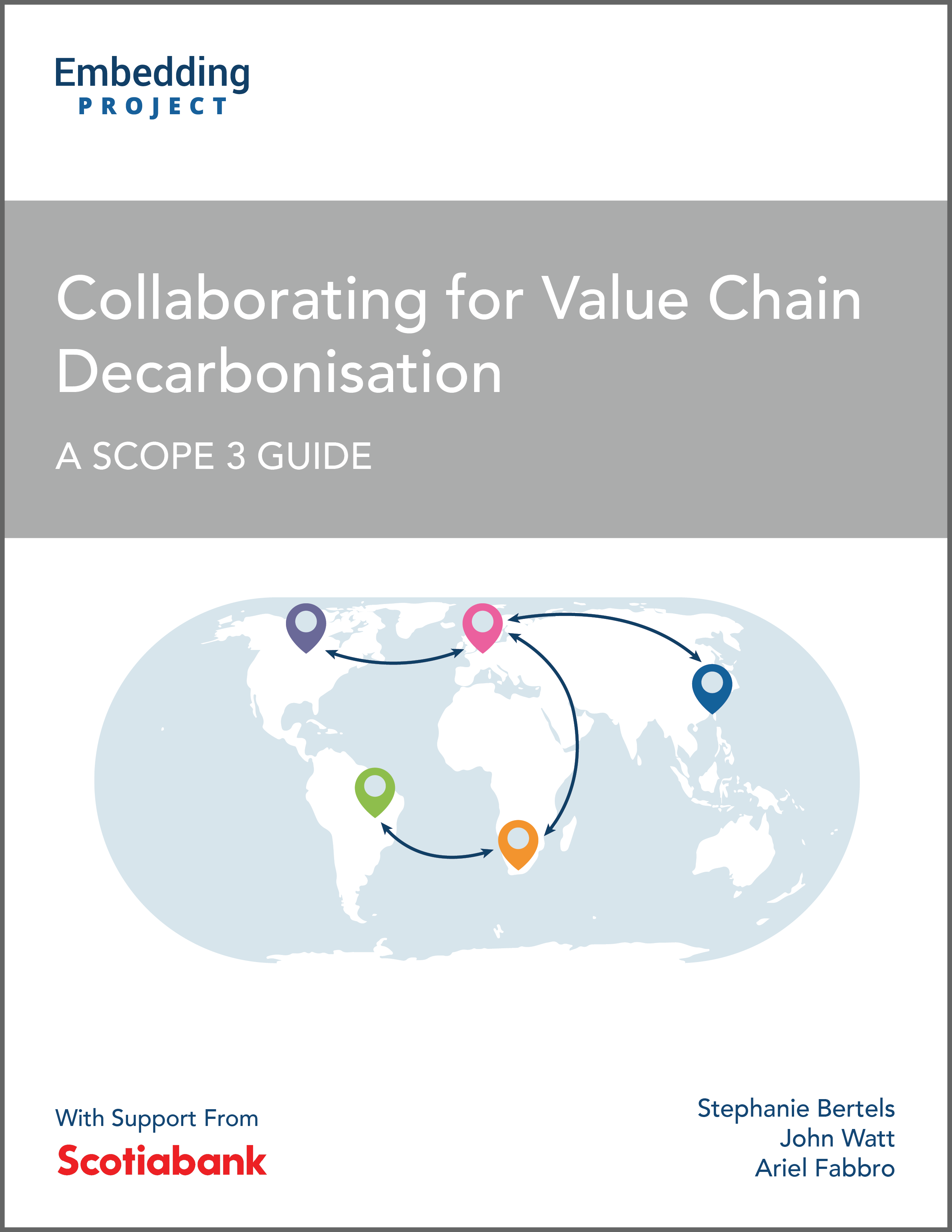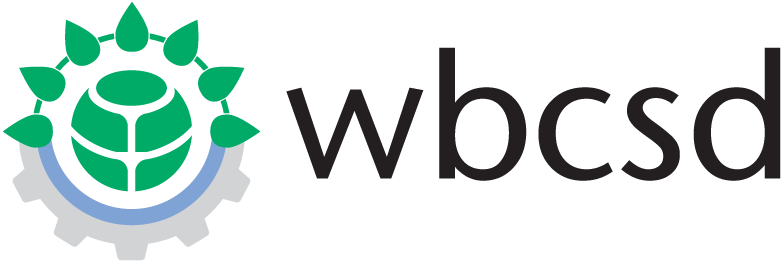Develop a supplier support strategy
Create a strategy to boost your suppliers' sustainability capabilities. First, determine where to direct your efforts by drawing on the supply chain sustainability issues and hotspots outlined in the PLAN stage. Once you have identified the supplier(s) or supply category to focus on, you can develop a strategy for how you can support supplier improvement. The strategy should be clearly linked to shared sustainability objectives; it should define the supportive actions you will take; and it should set clear indicators for review. Keep in mind that to enable real investment in a support strategy, you need to have a long-term relationship with the supplier(s). More on this below.
EXAMPLE: Migros supports suppliers to meet its Eco standard1
Migros introduced its Eco standard in 1996 to ensure environmentally friendly textile production and healthy working conditions. The company set up a strategy to help existing and new suppliers produce textiles in accordance with the Eco standard through training and education. For example, workshops are held in supply locations such as India, Hong Kong, China, and Switzerland.
EXAMPLE: Mapping supplier emissions at Klöckner Pentaplast (KP)
KP identified the top 50 suppliers contributing to Scope 3 emissions within their supply chains and approached them with a questionnaire about their GHG emissions. This comprehensive overview of supplier maturity provided KP with the ability to conduct specific follow-ups and promote sustainable practices throughout their supply chain.²
Cultivate relationships that foster open dialogue and shared sustainability goals
Cultivating open dialogue begins with establishing cooperative relationships with suppliers. This requires understanding each other's perspectives and expectations. There are many paths to building this understanding. For instance, you can share your sustainability goals, guide suppliers through your sustainability reports, explain the rationale behind sustainability requirements, or engage suppliers in open discussions about collective sustainability performance during contract talks. Keep in mind that risks and sustainability objectives will likely evolve over the contract's lifespan. You can also ensure common understanding by organising regular Supplier Days to discuss topics that suppliers may need more engagement and clarity on. To build even stronger supplier relationships, consider including them in important decisions. For example, you could invite them to participate in a joint risk management planning process or co-design a development program.
EXAMPLE: Fast Food chain helps suppliers share sustainability knowledge
A fast food chain has organised supplier-led “sustainability councils” for each of its key commodities to enable thought and knowledge sharing between suppliers. For instance, when the buyer requested that all suppliers report to CDP, suppliers began assisting each other in filling out the CDP form.3
EXAMPLE: TFG London reduces pressure on suppliers through collaborative production planning
The clothing company, TFG London, found that its purchasing practices were putting pressure on suppliers resulting in increased overtime and lower wages for workers. TFG identified production planning as an opportunity area for reducing supplier pressure. This involved working jointly with suppliers to create a more user friendly and collaborative critical path template giving suppliers greater visibility and clearer timelines. The company also increased pre-planning touch points with suppliers helping them to better plan their capacity.
Provide support through training and expertise
There are many ways to ensure suppliers are equipped to meet your sustainability requirements. You can provide contextual and engaging training. This can be in the form of e-training portals on topics such as health and safety, environmental management systems, or labour and human rights. You can share informational resources and your expertise. For instance, by offering technical support on factory audits for energy use reduction. Your supportive efforts can be enhanced by fostering two-way knowledge exchange that helps you better understand suppliers’ local systems and challenges.
EXAMPLE: HP Inc. training suppliers on key sustainability topics
HP provides training to suppliers through Science Based Targets workshops, Responsible Recruitment 101 training, industry-specific water management and reporting training, and two-day on-site worker well-being ambassador training.4
EXAMPLE: Joint supplier development in the chemicals sector
Together for Sustainability (TfS) is a collective of 33 member organisations in the chemicals industry sharing knowledge to raise industry sustainability standards. In 2022, the group launched the TfS Academy, a free educational resource for its members in the industry and select suppliers. The e-learning platform holds more than 240 courses on common sustainability topics and practices specific to the chemicals industry.5
Offer targeted support for suppliers with need
Consider providing targeted support for suppliers facing challenges that prevent them from meeting your sustainability expectations, especially those most impacted by external challenges. This can involve financial aid via favourable payment terms, sustainable investment financing, or direct funding, such as insetting or paying a living wage differential. Another strategy is to leverage your network to connect like-minded suppliers and facilitate peer-to-peer knowledge exchange through events, referrals, and online supplier network hubs.6
EXAMPLE: Fairphone pays a living wage differential
Fairphone is supporting a key Tier 1 supplier in paying a living wage to employees. This means they pay a premium of 1.50 EUR per phone, or 0.33% of the retail price. These funds are then paid to workers as a bonus that tops up their current wages. The amount is calculated as what is needed to close the gap between current wages and a living wage for workers on Fairphone’s production line. However, to prevent unequal treatment the bonus is distributed to all eligible workers in the factory. If the factory’s other customers paid the premium as well, all workers would receive a living wage.7
EXAMPLE: Danone is insetting through Livelihoods Fund
Danone has implemented an insetting program called the Livelihoods Fund, which invests in projects to reduce carbon emissions within its own supply chain. The projects include reforestation, agroforestry, and renewable energy projects.
EXAMPLE: Ikea helps suppliers negotiate renewable power purchase agreements (PPAs)
Ikea uses its influence and expertise to help smaller suppliers access renewable energy by negotiating affordable PPAs with renewable electricity providers.8 The company also has a €100m renewable energy fund to help suppliers install onsite solar panels and replace gas boilers.9
Recognise and award best performing suppliers
Foster proactive sustainability actions by providing recognition, awards, or rewards while adhering to contracting terms. Sustainability efforts can also be recognised through spotlights in your sustainability report, social media, and other communications.
EXAMPLE: Pirelli Supplier Awards Programmes includes sustainability
Pirelli has 10,000 suppliers and recognises a handful of them annually through its awards programme. Awards are given to suppliers that have become true partners and are making Pirelli’s products more valuable or have shown a potential to do so. Traditionally focused on innovation and quality factors, the company introduced a sustainability award in 2019, recognising the alignment between sustainability and its “High Value” strategy.10
EXAMPLE: Levi Strauss & Co. reward supplier sustainability through low interest financing
Levi Strauss & Co. are making lower interest trade financing available to suppliers that are in compliance with environmental and social standards. Suppliers that demonstrate sufficient progress implementing low-carbon investment plans are eligible for further discounted rates.11








